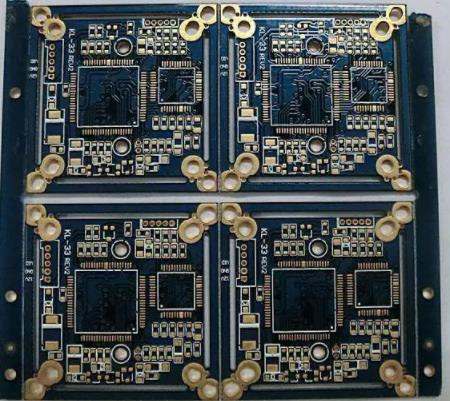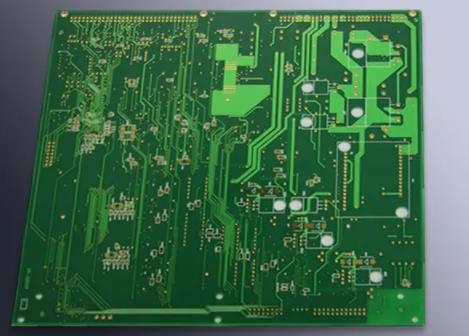
Engineers share tips for updating old PCB designs with new parts
Have you ever opened an old design and wondered how many of them are still available? Maybe you are contacted by an old customer who wants you to provide some updates about the old design. Regardless of the situation, it is sometimes necessary to update the old PCB design with new parts. If it is completed correctly and all correct information is obtained in advance, the total design time can be reduced, and the best part of the design can be retained in the new iteration. This is how you can successfully update old designs, and how PCB design functions can help.
What to pay attention to when updating the old PCB design
There are some important points to keep in mind before making a design update. These are all related to the scope of the update required, what the project's goal is, and where the update will appear in the project. The following issues need to be considered when preparing to update the old PCB design.
Which design documents need to be updated?
Sometimes, design updates are so simple that you just need to change the components in the schematic. In general, there may be some updates in the schematic that do not cause changes to the PCB layout (for example, replacing the part number with a standard SMD passive). However, changes to the PCB layout are likely to force the schematic to change accordingly.
If you want to keep the update concise, limit the changes to the schematic as much as possible. This means that no matter what changes need to be made, they will not cause changes to the PCB footprint or 3D model. The feasibility depends on the parts to be updated or exchanged.

What parts are being updated?
Whenever I need to update the old design, there are always some parts updated. Components are sometimes out of date, or just out of stock, or functional changes occur depending on the design of new components. Depending on the part to be updated, the overall scope of any design changes depends on the components that need to be updated.
As mentioned above, if the update can be limited to the schematic, the update is fast. However, this usually applies only to connector switching, passive switching or simple IC switching. Unfortunately, many ICs may have the same package and pad pattern, but their pin assignments are completely different. Even if the package size and pad pattern of the new component are the same as the old component, if the pin arrangement of the two components is different, swapping components may force a significant change in the layout.
Is it easy to start again?
Whether you are a freelance designer or a design company, customers are right. If they want you to make major changes to the design, this is their choice. Having said that, sometimes it may be easier to start the layout from scratch rather than modify the existing layout. Major changes to an existing layout can involve stripping routes, moving components, changing planes and polygons, and so on.
With this in mind, it may be easier to start over from a new layout. If you use the correct ECAD tool, you can still copy complex layout functions (such as layer stack, polygon, fill/via, copper pouring, notch and other components) from the old layout to the new one. It is up to you to decide whether it is more convenient to make a new layout or modify the old one. In some cases, you need to modify a complex layout with a lot of changes, and it is better to start from scratch.
Tips for updating various components
By now, you may have known that the degree of PCB layout change will depend on the change of PCB footprint when swapping components. These are the tips I find useful when updating specific types of components.
SMD Passive and Semiconductor: As long as you replace a component with an equivalent part using the same package and rating, no changes will be made to the layout. Changes only need to be made in the part library.
IC: When you replace a new component, the pin arrangement almost always changes partially or completely. Some manufacturers produce multiple components with the same pin arrangement and package size but different part numbers.
Discrete transistors: In addition to SMD passive components, since many packages are standardized, they are the next most easily interchangeable components, thus minimizing the required layout changes.
Through hole passive devices and ferrites: These components are not always perfect substitutes for each other. For inductors or chokes, the pin arrangement of the updated components may be different, but the level of wiring and layout changes is small. The transformer is an exception and may require significant changes to the wiring.
Connector: As long as the number and spacing of pins are the same, as long as the pad pattern appears on the same layer, no necessary layout changes will be made. If you want to switch to the bottom layer, you now need to switch the pins on each side and do some rewiring. The PCB processing factory explained that engineers share the skills of using new parts to update the old PCB design.









